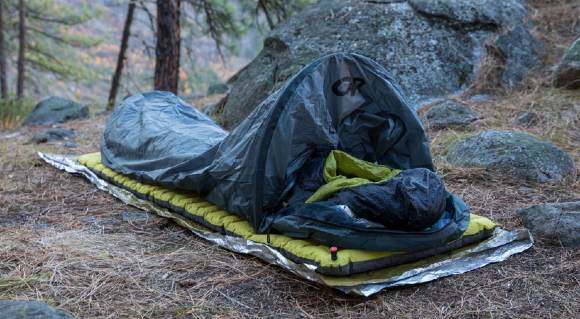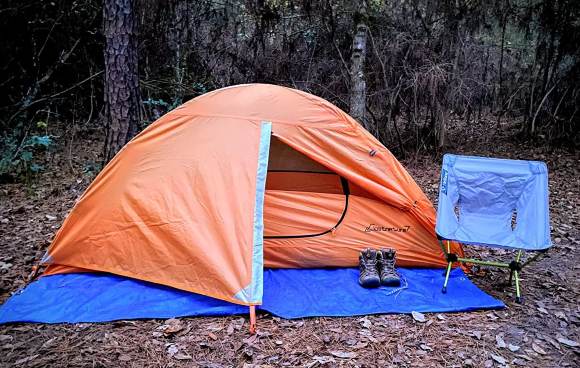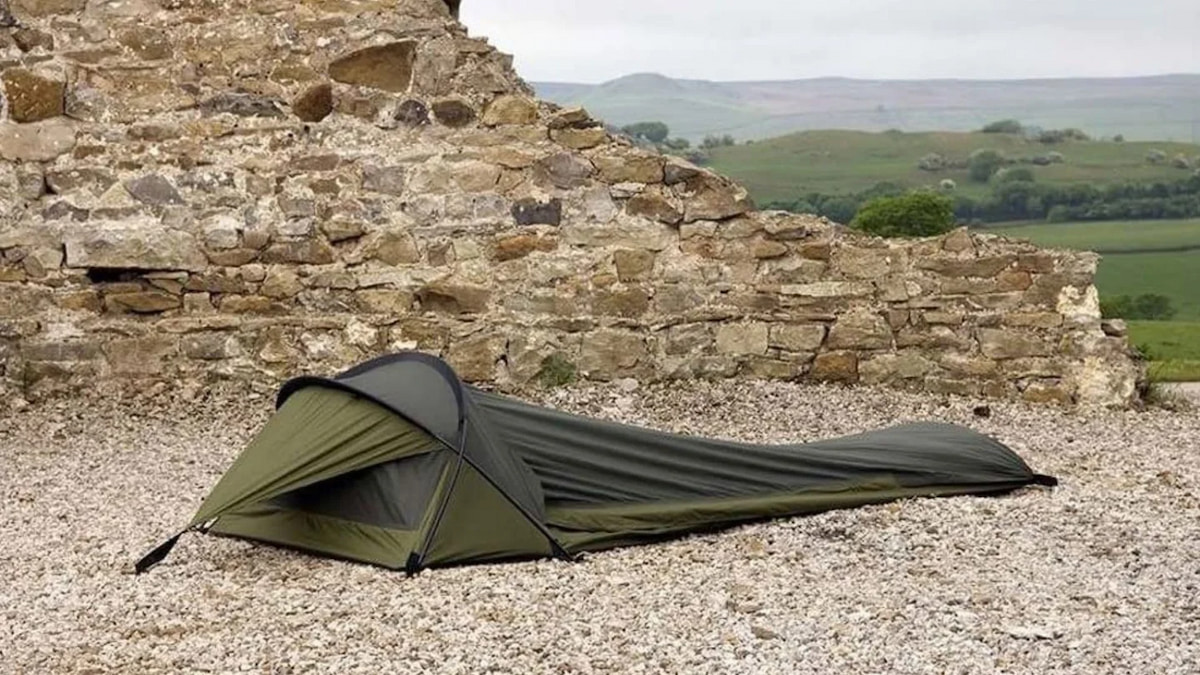The current trend in camping shelters is toward simplicity and making things convenient for hikers. In order to reduce the overall weight during hikes, everyone is going ultralight. If the last conundrum was whether to go with camping swags or tents, today we face a new dilemma, bivy sleeping bags or one-person tents. If you’ve always used tents on your camping trips, it might be time to branch out and try these bags for a change.
Bivvy Bags
The word “bivouac” is derived from the French word bivouac, which signifies night encampment. Bivouacking, in addition to sleeping in a tent or a swag, is a popular method of spending the night in the great outdoors. However, unlike the other two alternatives, there is normally no roof over your head unless you sleep in one of the fairly sparsely equipped shelters known as bivouac huts. If you don’t have this luxury and yet need a waterproof place to sleep, you’ll need to invest in a quality bivy sack.
The most basic form comprises of a synthetic top and bottom that are sewed together and are more or less waterproof. The top portion features a slit that allows you to fit inside and doubles as a face hole. There are bags designed for one or two people, with the latter having the benefit of producing more heat at the expense of getting more cramped and difficult to manage.
Having the right pair of clothes is not always sufficient, as water may find a way in when inclement weather lasts long enough. The sacks can be a lifesaver in such situations. If you’re trying to pack as little as possible but still need emergency weather protection, the bivy sack is the best alternative on the market right now, ideal for hikers, climbers and all types of campers. It’s lighter and less expensive than a tent, yet allows you to put up a waterproof shelter anytime and anywhere. Just make sure that the foundation material has a hydrostatic head of at least 2,000mm.

When you’re looking through the options, it’s tough to predict how much warmth any specific model will supply. This will be determined by the situation as much as it is by the model and individual physiological characteristics. As a result, no generalization can be established here. The layer of air that serves as insulation between your body and the sack is more significant than the material’s strength.
A metallised foil is a significant component in the majority of ultra-light versions. Such bivy bags, like a rescue blanket, can be torn or unsuitable even after a single usage, but they are also meant for emergencies only. The simplest types are made of tent-like nylon or polyester fabric with a polyurethane coating. Without such a coating, nylon, polyester, and cotton mix textiles are not waterproof.
Because of its great density and flexibility, PU gives the material its functional qualities. In addition to PU, silicone is often employed, which is generally considered to be of greater quality. Silicone coatings are more elastic, durable, and costly than conventional coatings. They improve the fabric’s rip resistance as well as its UV resistance. They are also substantially lighter than PU coatings with equivalent waterproofness ratings.
Despite all of the sophisticated camping solutions, the practical bivvy bag is still a simple concept. It’s essentially a waterproof, breathable bag that goes over your sleeping bag. You can put one down anywhere and wriggle inside it for an instant shelter. Carrying a lightweight tarp-poncho is worth the extra weight for an experience that goes beyond mere survival, and in weather any more testing than low-level summer sleepouts as it allows you to erect a shelter over your head end, so you can enjoy a good night’s sleep in the great outdoors.
One-person Tents
Lightweight tents, like bivy bags, require good campsite selection and trained outdoor abilities. They require more space and time to set up, but even the smallest of tents offer enough area for more than simply lying down in a bag. In the face of day after day of bad weather, you’ll get better sleep, keep your gear drier, and generally be able to operate better in a modest tent than you would if you relied entirely on a bag for shelter.

Tents at the ultra-light end of the range were initially geared towards adventure racers and people pushing the limits on lengthy journeys, but the benefits of new materials, design, and technology have filtered down into the light hiking category.
Though many individuals utilize experience to carry ultra-light tents into climates and conditions far beyond their design brief, minimal functionality ensures a pleasant night in weather up to the limit that the tent’s built for. All one-person tents should provide enough space for a person to lie out comfortably and move about in their sleep, as well as sit up and do basic functions. If there isn’t enough space, you’ll be back in the bivy sack area.
One of the drawbacks is that tents take longer to build than just tossing a bivy on the ground, which is especially important when a thunderstorm is forecast and you need a speedy shelter. However, some designs are easier to construct than others. Another thing to consider is to have a form that deflects wind and allows rain to drain off. The smaller the tent’s size including room for man ropes – the more impromptu campsites you may use. Some tents save weight by assuming you have one or two trekking poles for support, so consider this if you don’t generally carry poles.
Quality with lightweight tents, on the other hand, is frequently cost-related. Understandably so, given the increased complexity of design and manufacturing, as well as the higher cost of materials. Do your homework and then, within reason, pay the premium for the tent that best meets your needs. A tent that gets a lot of usages and holds up to that use is a better investment than something that sits in the back of the closet.
